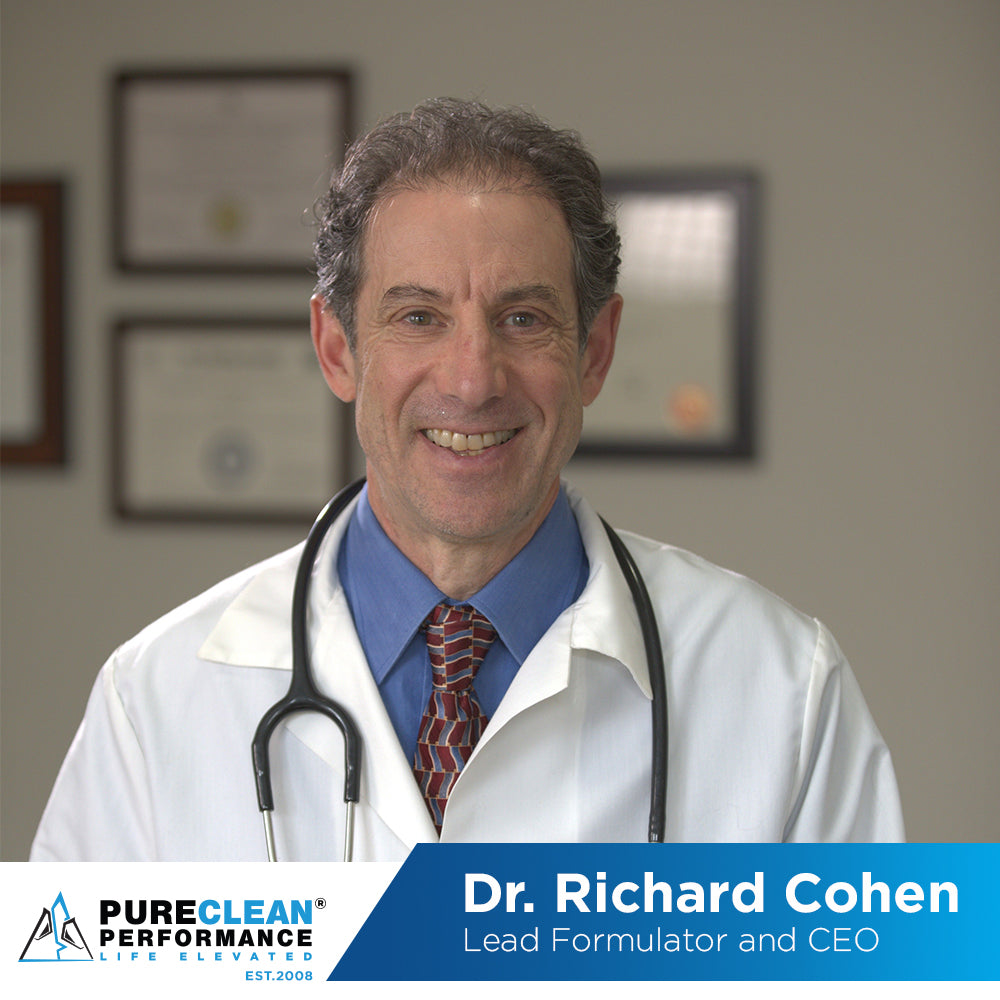
The Role of Ribose in Energy & Recovery — With Evidence-Based Insights
Ribose is a naturally occurring pentose sugar critical to nucleotide synthesis and cellular energy metabolism. Because ATP contains ribose as its sugar backbone, supplemental D-ribose has been studied as a way to aid recovery and energy performance under conditions of metabolic stress.
What is ribose biologically?
Ribose (specifically D-ribose) is produced via the pentose phosphate pathway, generating ribose-5-phosphate and PRPP for nucleotide synthesis. Supplemental ribose can support ATP and nucleotide regeneration when cellular demand outpaces supply (PMC: Ribose & mitochondrial function).
Evidence from human research
ATP resynthesis after intense training: A double-blind crossover trial found that one week of D-ribose after high-intensity cycling restored muscle ATP within 72h, while placebo remained depressed (PubMed: D-ribose & ATP recovery).
Performance under repeated load: Research shows that D-ribose helped maintain performance and reduced exertion in individuals with lower VO₂max undergoing repeated bouts (PubMed: Fitness level & ribose response).
DOMS relief: A controlled trial in college males found 15 g D-ribose (split before/after plyometric exercise) reduced soreness and lowered CK/LDH vs placebo (Journal of Int. Society of Sports Nutrition).
Cardiac energetics: In patients with congestive heart failure, ribose improved diastolic function and ischemic thresholds (PMC: Ribose & heart failure). A narrative review suggests possible benefit in HFpEF (Annals of Translational Medicine review).
Chronic fatigue / fibromyalgia: Patients reported reduced fatigue and improved well-being with ribose supplementation in a pilot study (Journal of Nutritional Biochemistry).
Aging & NAD⁺ metabolism: A human trial combining nicotinamide + ribose (RiaGev™) increased NAD metabolome safely in middle-aged adults (MDPI: Nutrients 2022).
Context, caveats, and safety
- Condition-dependent benefit: Most robust in stressed systems (intense exercise, cardiac disease). Neutral results in well-recovered trained populations.
- Possible glycation risk: Ribose is a reducing sugar and highly glycating in vitro. Effects at supplement doses remain theoretical (Life Sciences 2023).
- Typical doses: 5–15 g/day, often split pre- and post-workout. Always consult a clinician if you have metabolic conditions.
SPARQ: our applied approach
SPARQ combines ribose with ATP and niacinamide to support ATP resynthesis and NAD⁺ metabolism:
- Ribose: ATP backbone support.
- ATP: Direct substrate for energy reactions.
- Niacinamide: Supports NAD⁺-dependent pathways critical for mitochondrial function (Cell Metabolism review).
Quick FAQs
Will ribose boost every workout? No. It shows more benefit under energy stress or recovery contexts.
Safe daily? Generally well tolerated. Some may experience GI upset or mild glucose changes. Start with smaller doses.
Heart health? Early data are promising but limited. More robust clinical trials are needed.
Learn more or order SPARQ here.
